The violet flower, with its delicate petals and enchanting fragrance, has captivated hearts throughout history.
In this article, we’ll delve into its origins, immerse ourselves in its rich symbolism, and unlock the myriad of uses that make the violet flower a true marvel of nature.
How did the violet flower get its name?
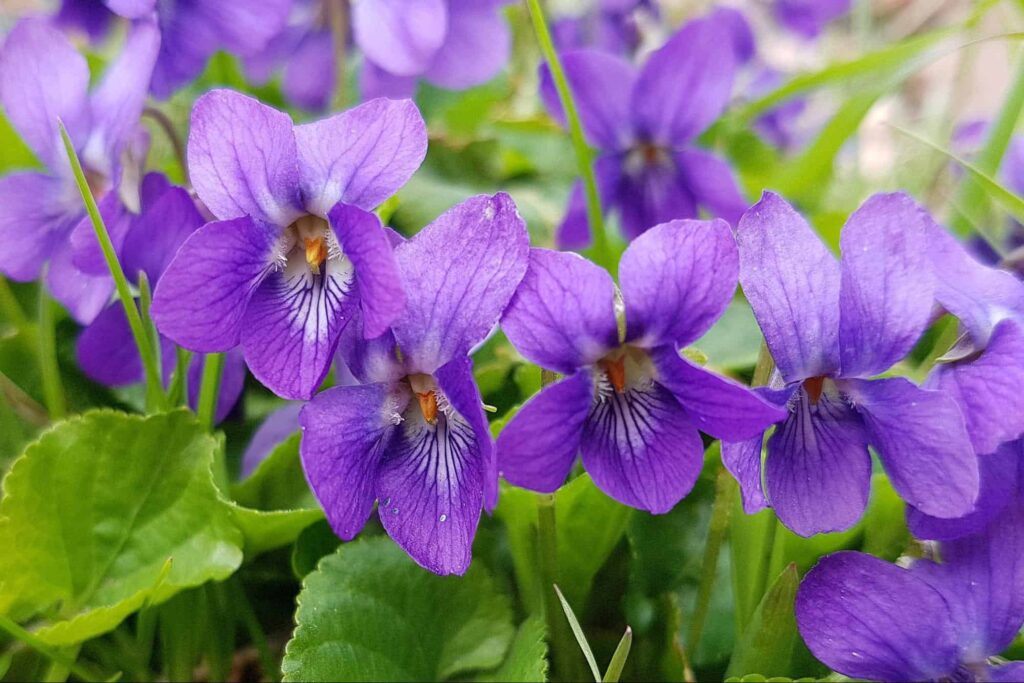

Derived from the Latin word “viola,” which means “violet” or “purple,” the violet flower’s name perfectly reflects its vibrant hue.
This association with the color purple lends an air of elegance and mystery to the flower.
What are the botanical origins of the violet flower?
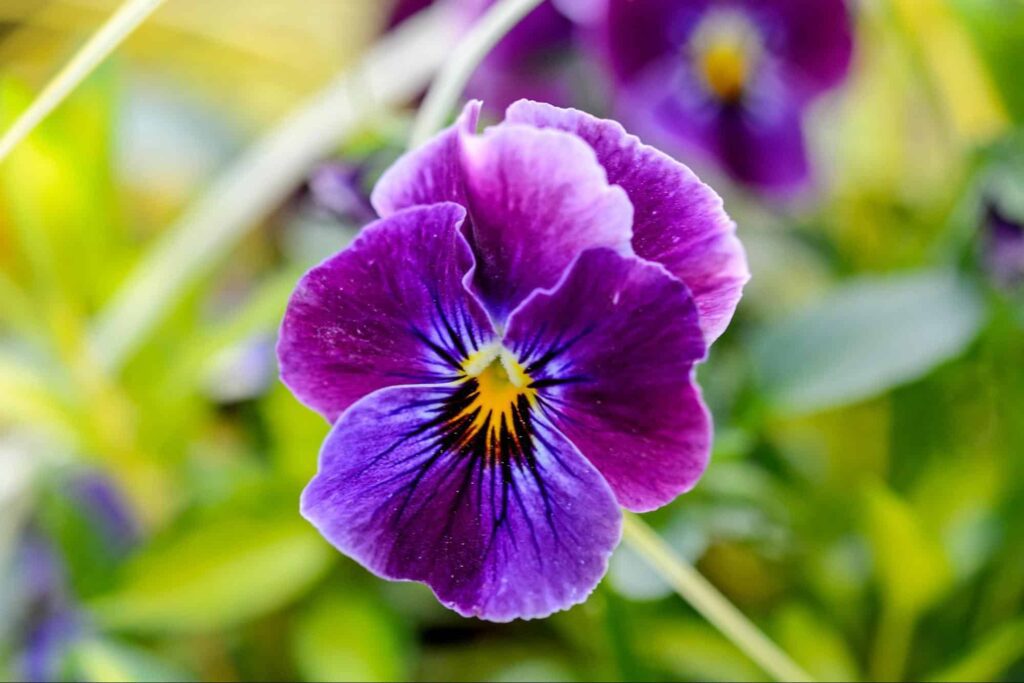

The violet flower, scientifically known as Viola, belongs to the Violaceae family. These plants are perennials, which means they live for more than two years.
They are found in different parts of the world, including Europe, Asia, and North America.
One distinctive feature of violet flowers is their heart-shaped leaves. They are also known for their beautiful blossoms that come in various colors, such as purple, lavender, yellow, and white.
When and where do violet flowers grow?
Violet flowers are adaptable and can be found in a variety of habitats. They thrive in temperate climates, preferring moist, well-drained soil.
Depending on the species, violet flowers may be found in woodlands, meadows, or even alpine environments.
These resilient blooms have the ability to flourish in both shaded areas and areas with partial sunlight.
Do violet flowers require a lot of maintenance?
Violet flowers are relatively low-maintenance plants, making them an excellent choice for gardeners of all skill levels.
While they appreciate regular watering, overwatering should be avoided to prevent root rot.
Regular deadheading of spent flowers promotes continuous blooming and keeps the plants looking tidy. With a little care and attention, violet flowers will reward you with their stunning beauty.
Do violet flowers need shade or sun?
One of the remarkable characteristics of violet flowers is their adaptability to different light conditions. They can thrive in both shaded areas and spots with partial sunlight.
In fact, some species of violet flowers, such as the woodland violet (Viola odorata), prefer the shelter of shade. On the other hand, other varieties may benefit from a few hours of direct sunlight each day.
Understanding the specific requirements of the violet flower species you have will help you create an ideal growing environment.
Where do violet flowers bloom?
Violet flowers can be found in various parts of the world, each species with its unique distribution.
Woodland violet (Viola odorata), for instance, is native to Europe and Asia, while the California golden violet (Viola pedunculata) thrives in the western United States.
These delightful blooms bring color and beauty to gardens, meadows, forests, and even urban landscapes.
When do violet flowers bloom?
The blooming period of violet flowers varies depending on the species and the geographical location. In general, violet flowers tend to bloom in the spring, adding a burst of color to the awakening landscape.
Their charming blossoms can be seen in gardens and natural settings, heralding the arrival of the warmer months.
What kind of soil do violet flowers prefer?
Violet flowers prefer moist, well-drained soil that is rich in organic matter. They thrive in soil with a slightly acidic to neutral pH level.
Organic mulch can be beneficial for retaining moisture and providing a favorable environment for their roots. Understanding the soil requirements of violet flowers is crucial for their successful cultivation.
When is the best time to plant violet flower seeds?
For most violet species, it’s best to plant the seeds in late summer or early fall. This timing allows the seeds to undergo a period of cold stratification, which enhances germination.
By mimicking the natural conditions these plants experience in the wild, you can increase the success rate of seed germination. Patience and attention to planting times will reward you with a beautiful display of violet flowers.
What do violet flowers mean?
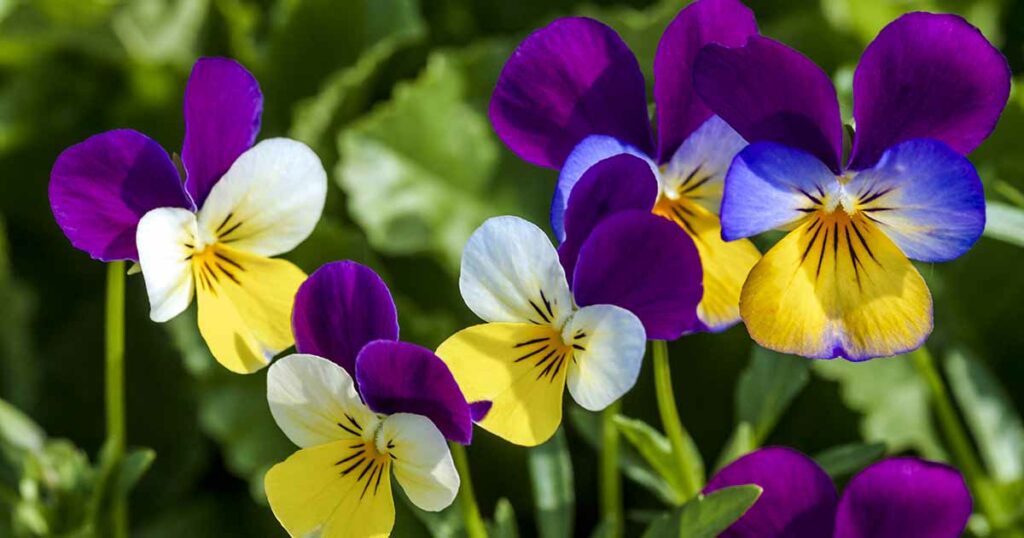

Violet flowers encompass a range of species, each with its own unique symbolism and meanings. Let’s explore the diverse interpretations associated with the most common violet flower varieties, unveiling the hidden messages they carry.
Common blue violet (Viola sororia)
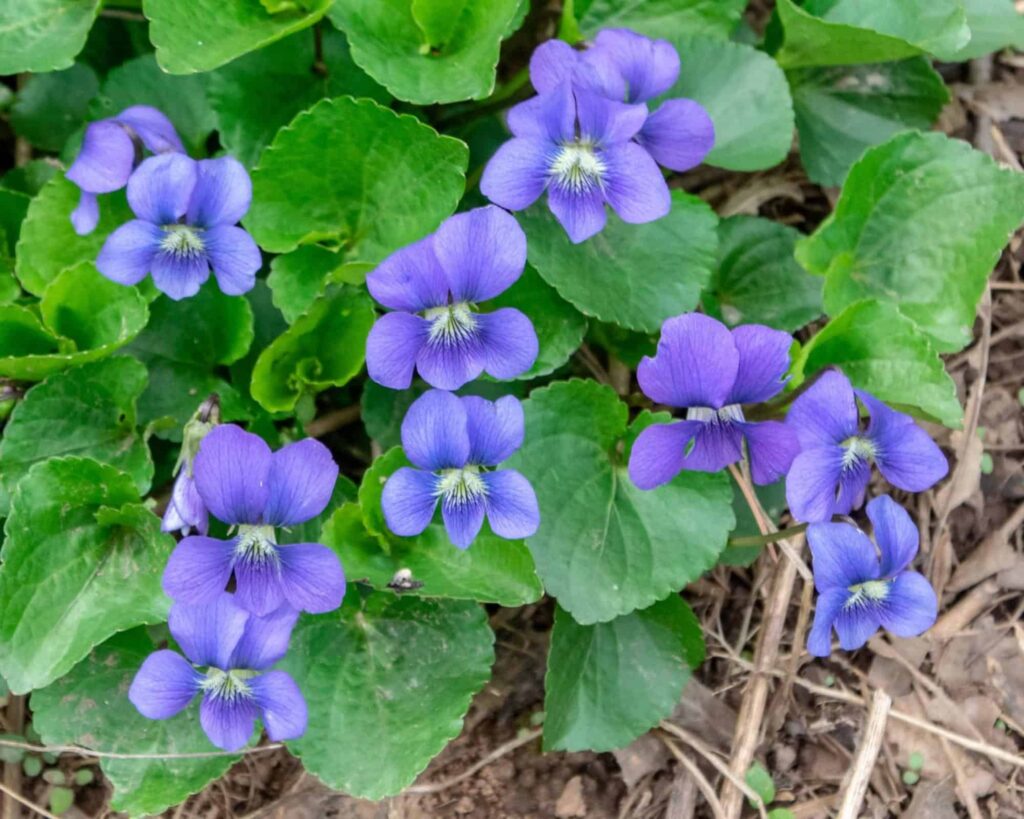

The common blue violet is often associated with loyalty, faithfulness, and devotion. Its vibrant purple and blue hues symbolize deep affection and steadfast love.
This variety of violet flower has historically been exchanged as a token of faithfulness and can convey sentiments of commitment and unwavering devotion.
Recommended use: Common blue violets are given to express unwavering devotion to someone special.
Sweet violets (Viola odorata)
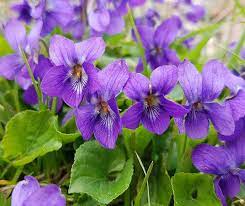

Sweet violets hold a delicate and enchanting fragrance that has long been linked to thoughts of love and desire.
These flowers are often regarded as a symbol of romance, inspiring emotions of passion and longing.
In Victorian times, the gift of sweet violets was considered a declaration of love and an expression of the giver’s amorous intentions.
Recommended use: These blooms are perfect for special occasions such as anniversaries, Valentine’s Day, or when expressing feelings of love and desire.
White violets (Viola alba)
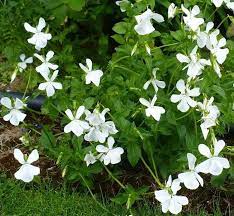

White violets carry meanings of purity, innocence, and modesty. With their pristine white petals, they represent the beauty found in simplicity and humility.
These flowers are often associated with the Virgin Mary and have a spiritual significance, symbolizing purity of heart and a gentle, unassuming nature.
Recommended use: White violets are suitable for occasions that celebrate innocence, purity, and spirituality, such as baptisms, confirmations, or weddings.
They can also be given to express admiration for someone’s modesty and gentle nature.
Yellow violets (Viola pubescens)
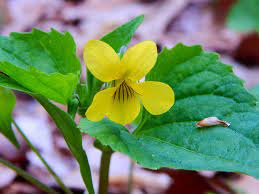

Yellow violets can symbolize joy, happiness, and new beginnings. Their sunny, yellow blossoms radiate optimism and cheerfulness, evoking a sense of warmth and positive energy.
Recommended use: Yellow violets are often gifted to celebrate milestones, accomplishments, or to wish someone a bright and prosperous future.
What did the violet flower symbolize in various historical periods?
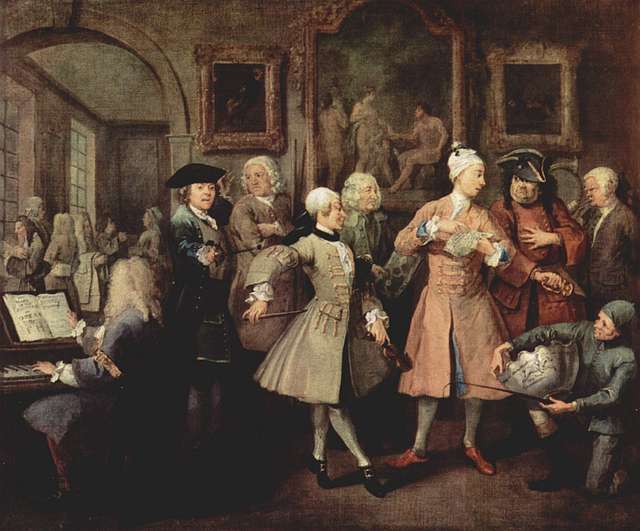

What are the cultural associations of the violet flower?
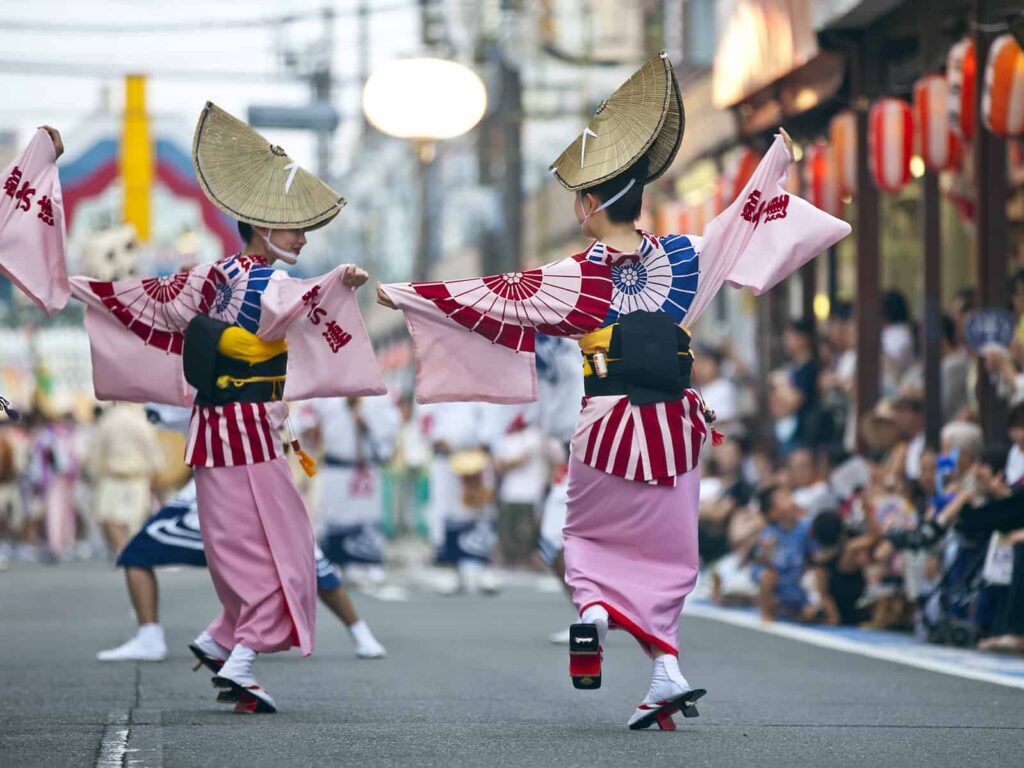

What are the spiritual or religious meanings of the violet flower?


What are the uses of the violet flower?


The violet flower, with its alluring beauty and delightful fragrance, has found its way into various practical and creative uses.
Beyond its aesthetic appeal, this versatile bloom has been employed in cooking, medicinal applications, and gardening endeavors.
Let’s explore the diverse uses of the violet flower and how it adds value to different aspects of our lives.
How can the violet flower be used in cooking?
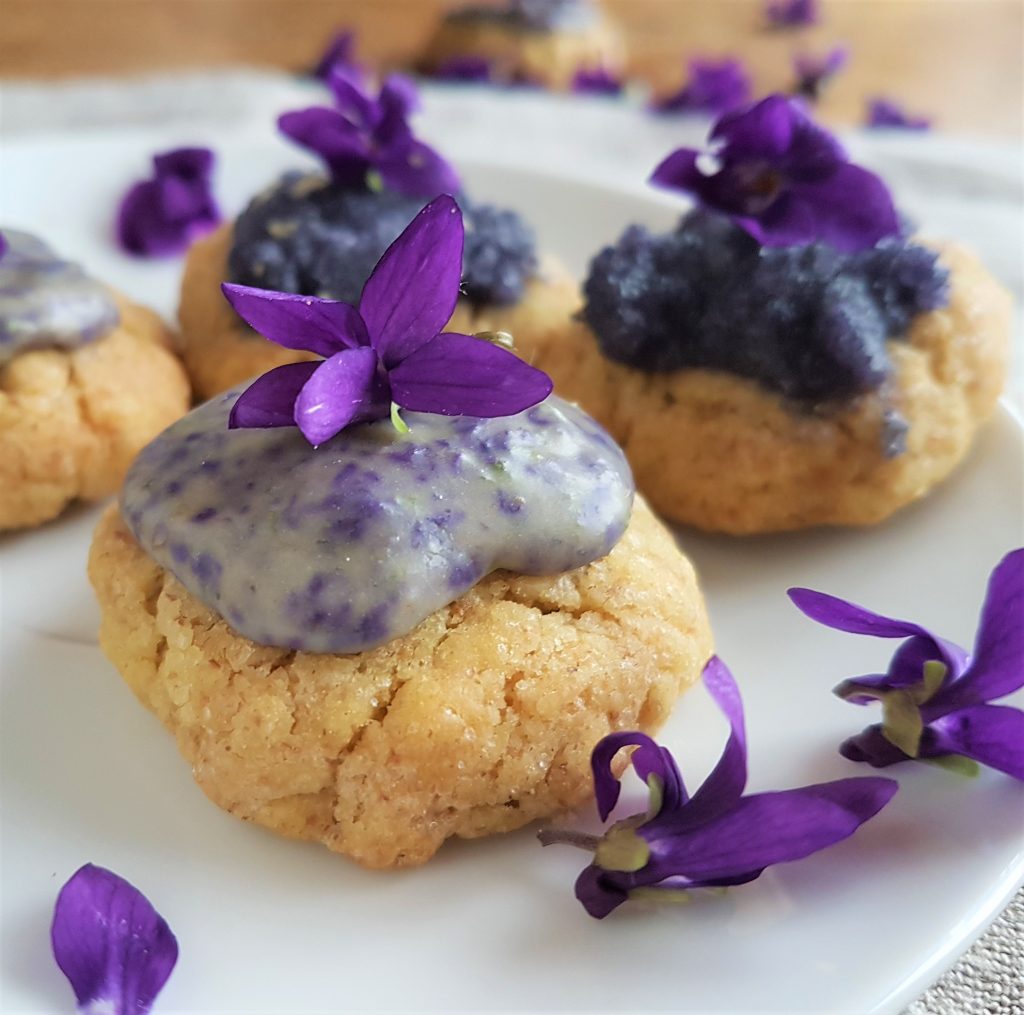

In cooking, the violet flower offers a touch of elegance and flavor. Its delicate petals can be used as a decorative element in salads, desserts, and beverages, adding a pop of vibrant color and a subtle floral note.
Violet flowers can be crystallized or used to infuse syrups, jams, and even vinegars.
They can also be transformed into delightful candied treats or incorporated into delicate pastries and cakes, showcasing their visual appeal and imparting a delicate floral essence to culinary creations.
Can the violet flower be used as medicine?
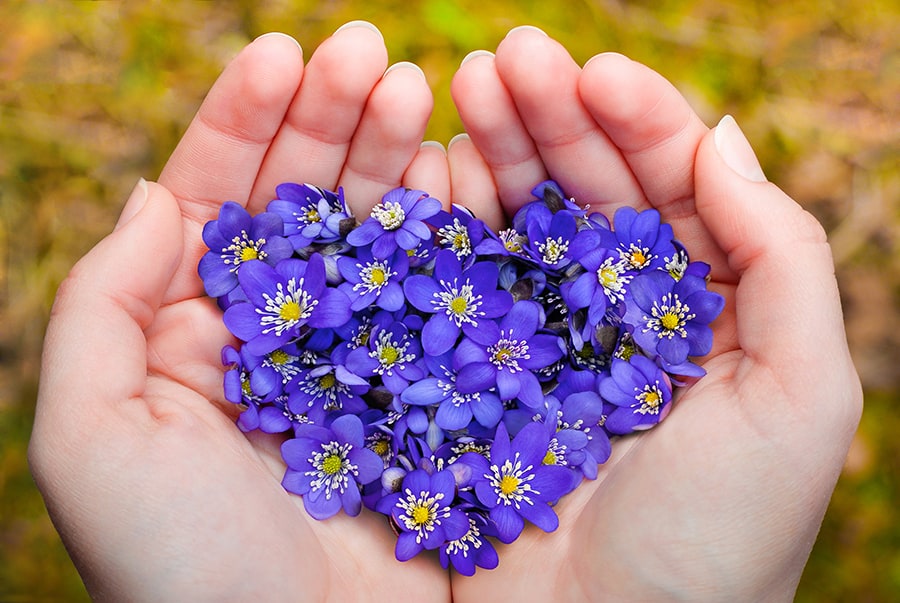

The violet flower has a long history of being used in traditional medicine for its potential health benefits. Its leaves and flowers contain various compounds, including antioxidants and anti-inflammatory properties.
Violet flowers have been incorporated into herbal remedies and tinctures to soothe respiratory ailments, alleviate coughs, and provide relief for sore throats.
Additionally, violet-based ointments and salves have been employed topically to help alleviate skin conditions such as eczema and psoriasis.
It’s important to note that while violets have been used traditionally for medicinal purposes, consulting with a healthcare professional is always recommended for proper guidance and advice.
How can the violet flower be used in gardening?
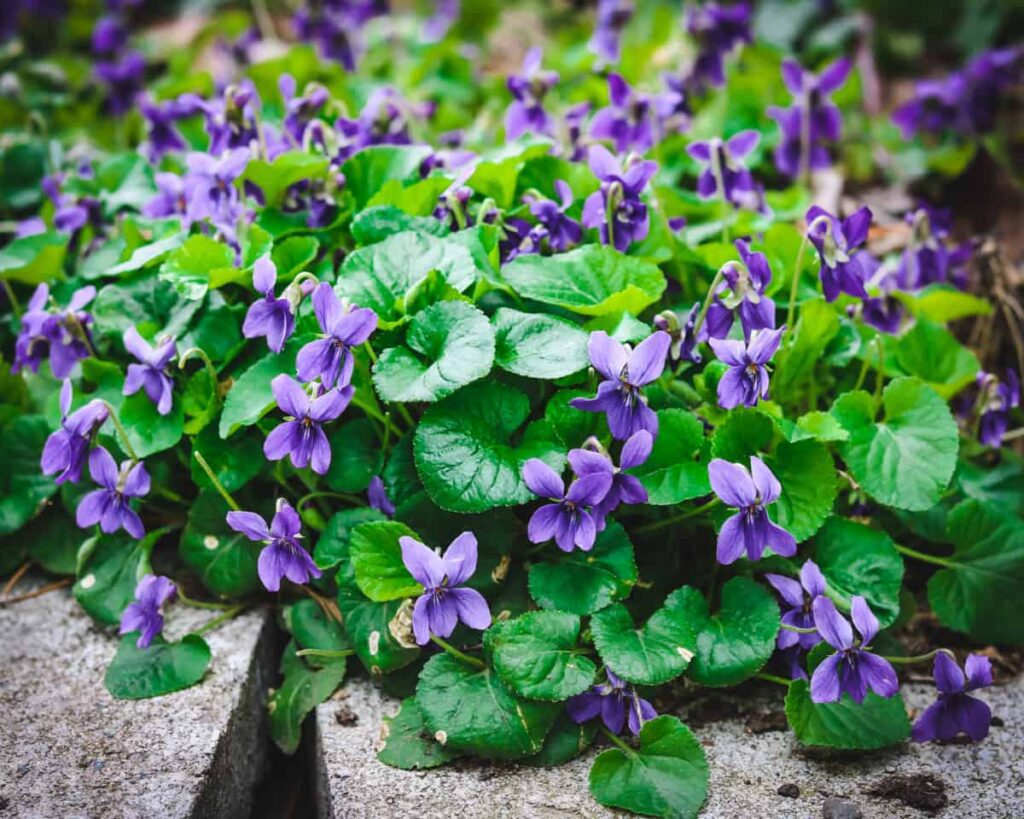

Gardening enthusiasts appreciate the violet flower for its versatility and ability to enhance the beauty of outdoor spaces.
Violets can be cultivated in gardens, borders, or containers, providing a colorful display throughout the blooming season.
They are valued for their ability to attract pollinators such as bees and butterflies, contributing to the overall health of the garden ecosystem. With their preference for moist, well-drained soil and partial shade, violets can thrive in various garden settings.
They can be incorporated as ground covers, adding a carpet of vibrant blooms, or as accents in rock gardens and mixed flower beds.
Additionally, violets are well-suited for naturalizing in woodland areas or creating charming edgings along garden pathways, adding a touch of natural beauty to the landscape.



